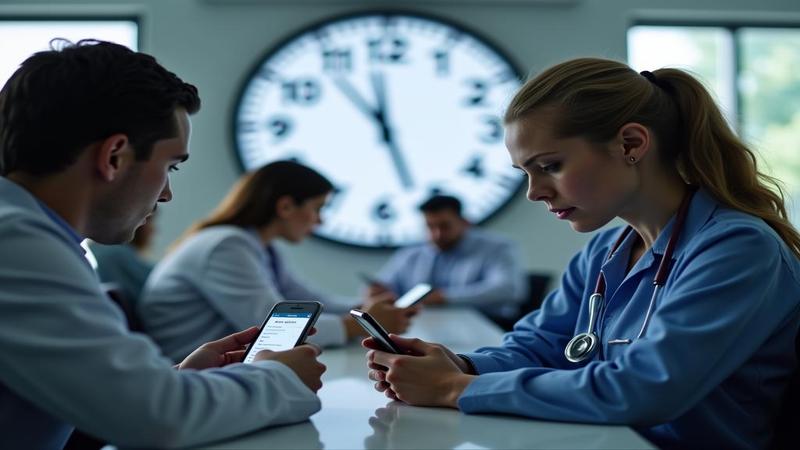New Blood Test Detects Cancer Ten Years Early, Ruins Surprise Endings

Scientists today unveiled a blood test that can detect head and neck cancer up to ten years before symptoms, which is impressive for medicine and insulting for plot twists. The test is so early it can see your cancer before your bad haircut. It’s basically a clairvoyant phlebotomist with a centrifuge and a disdain for suspense.
The timeline of your body now has a trailer. You’ll still feel fine, but your chart will come out of the EMR wearing sunglasses and whisper, “I know what you’ll do next summer.” Somewhere, a Fitbit feels professionally threatened.
At a press conference, the blood test answered no questions but did stare meaningfully at everyone’s jugulars. Reporters asked about specificity; the test produced a pie chart shaped like a neck. It then demanded a union-mandated coffee break because even prophetic plasma needs caffeine.
I read the study like a responsible adult who keeps their highlighter capped until the forest plot arrives. Sample sizes were sound, methods were actual methods, and the hazard ratios strutted out like runway models who’d been taught to p-value. Reader, I nodded so hard my skepticism herniated.
Within hours, the wellness industry pivoted from moon water to moon plasma. Influencers began swabbing themselves on camera and shouting, “Early is the new outcome!” under ring lights bright enough to sterilize a spoon. One startup promises a subscription to an artisanal liquid biopsy home test kit, which ships in a bamboo box with a tiny gong that rings every time you overinterpret.
Insurers, touched by innovation and the prospect of billing in the year 2037, proposed retroactive premiums. If you celebrated a birthday last week, they’d like to un-celebrate it and invoice your future. Actuaries emerged from their caves blinking at sunlight, softly chanting, “Lead time… glorious lead time,” the way Monty Python monks chant while smacking themselves with scrolls.

Bioethicists convened to ask whether people want to know that 2034 might be medically interesting. A philosopher said, “This test collapses the wave function of denial,” and then emotionally support-lamazed into a paper bag. Someone suggested delivering results via fortune cookie: “You will meet a tall, dark radiologist.”
Engineers immediately integrated results with your phone, your mirror, and your toaster. Now your bathroom scale gently murmurs, “Consider a checkup,” while your mirror adds, “Also floss.” An app promises privacy by syncing to a HIPAA-compliant health data vault app, which is the digital equivalent of whispering secrets into a locked mason jar guarded by a raccoon with a GDPR badge.
Politicians unveiled the Department of Looking Ahead, which will pre-approve procedures for problems you don’t have yet, alongside a ceremonial neck czar who wears two scarves. The press release declared, “We will cut wait times in half by scheduling last year’s screenings yesterday,” and then time itself filed a grievance.
Clinicians, being buzzkills with degrees, reminded everyone that earlier detection is powerful but not a magic spell. There are false positives, false negatives, and the dreaded lead-time bias that makes survival curves look like they’ve had fillers. Translation: learning the ending sooner doesn’t change the script, but it can give the director time to fix the third act.
Patients reacted by organizing their lives like heist crews. People penciled in colonoscopies next to anniversaries, wrote love letters to lymph nodes, and bought calendars labeled “You, But Foreshadowed.” Somewhere, a crystal healer tried to smudge a PCR machine and was chased away by peer review.
As for me, I’ll keep reading the trials, asking if the effect survives the glossy brochure and the wellness unboxing video. The data is promising, the tone should be hopeful, and the hype should sit down and drink some water. Until then, yes, the test ruins surprise endings—but if the ending you ruin is cancer’s, that’s a spoiler I’ll watch on opening night with a standing ovation and a very loud gong.
